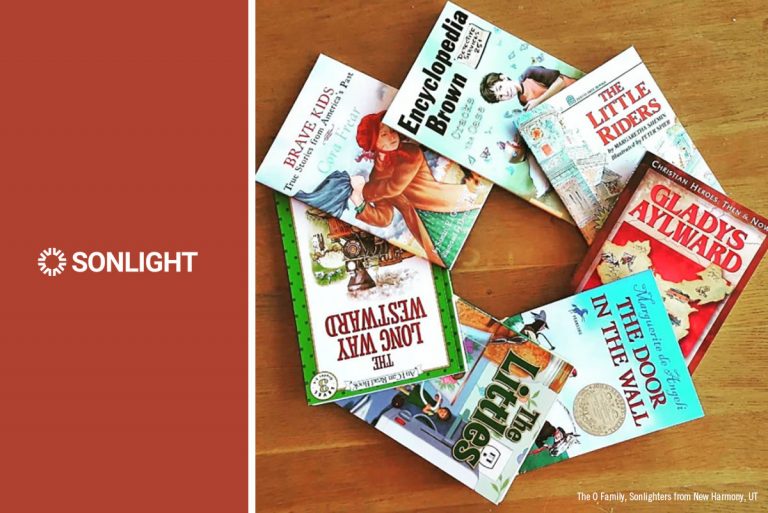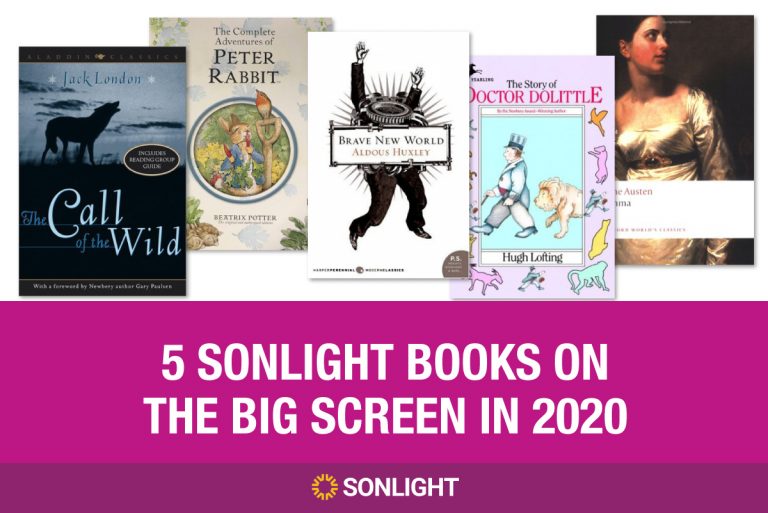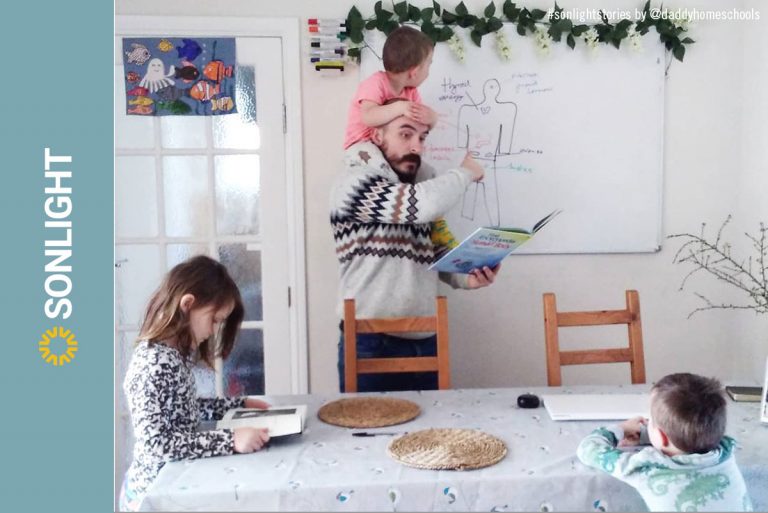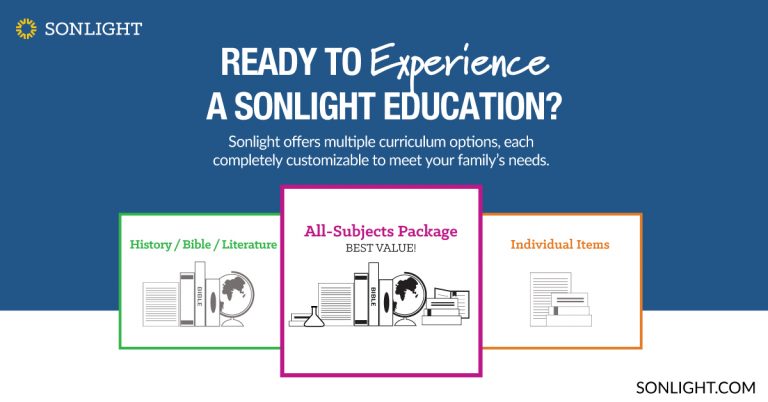
Four years before I was born, my father quit the band. He had made a living as a musician and record producer since the age of 18, and now he was in search of a life that prioritized family. He moved with my mother from Toronto, Canada to Buckinghamshire, England to learn a new trade. After meeting God as a result of a Christmas service, they started to see a divine kindness behind their financially devastated lifestyle change.
As Daddy studied, Mummy, a former school teacher, decided that school was not the place for her children. Clinging to God with the desperation of new faith, she stumbled across a Sonlight brochure with a literature package that was far outside of her budget.
God appointed, however, that my parents unexpectedly received the amount needed, three times over from three separate sources.
Granny Han’s Breakfast Taught Me God's Provision
Astonished at God’s provision, she bought the curriculum and started with the read-aloud: Granny Han’s Breakfast. It’s a true story of a missionary in China who was robbed of her food. Granny Han set the table for breakfast nonetheless, saying, “You know what you want from me, and that’s all I want,” —a prayer that proves powerful beyond its simplicity. A knock was heard at the door. As if from heaven, a friend was there for Granny Han with a gift of bread.
At age five, I felt my mother’s joy in God as she read the story. I knew she was praying with Granny Han, “You know what you want from me, and that’s all I want.” I delighted in recognizing a life that was appointed by God and to feel the call of a life that was consecrated to God.
Three years later, at 8, my mind was set on being a missionary in Africa. A decade after that, I was setting off to study Christian apologetics at university with a view to overseas missions. My mother traces this faith back to the 19-page book about Granny Han.
Granny Han's Breakfast is now discontinued, but don’t think that the work of a Sonlight book is done once it’s out of print. Granny Han changed my life, and it wasn’t florid or literary prowess that gave this biographical story its fruitfulness. The marks of this fruitfulness is even clearer in George Muller, David Livingstone and, most of all, the Sonlight biography that I will never forget—Gladys Aylward.
Gladys Aylward Ignited My Heart for Missions
Gladys, in Gladys Aylward was rejected from Bible school. It was a dreadful blow, but she decided that if she was going to follow God’s call to China, it would have to be without support. When she was detained on her journey to China in Vladivostock, Russia, an official reminded her, “You are a woman alone in a strange country. I can do what I like.” He raised his fist to strike her, but his fist stopped in mid-air, as if “guided by an invisible force.”
I was captured by what Gladys Aylward demonstrated. The threat was real, but God was more real. Earthly comfort is real, but divine joy is more real. The official’s malice was real, but God’s plan was more real. Granny Han’s empty cupboard was real, but God’s loving provision was a stronger and deeper. My parents’ destitution left them exasperated, but God the provider was more real. My little faith was the fruit.
Sonlight Biographies Still Convict and Inspire
After studying theology in Scotland while my wife cared for our children, we moved back to England. I homeschooled the three of them while she took a course in Biblical and Intercultural Studies at a missions training college. The plan was to team with an organisation, start learning a language, and move to the Middle East shortly thereafter.
One night, after a few months of serious health problems, I had a talk with my wife. We had only a few years before going overseas, and it seemed like our little family would not be ready. It would be best if we stayed in England to focus on health first, then our marriage, and finally our ministry.
I had a sense of guilt that I had led our family into pain and that the door to following God’s call had been closed. I continued homeschooling, and she started work at a restaurant. One morning, I awoke to find only the three children in the house.
From then on, I was to care for them alone.
I pressed on with homeschooling, knowing that God never leaves His own. In between tears, we started pouring through Sonlight books that my mother had kept from twenty years before.
Out comes Granny Han's Breakfast and Gladys Aylward again. My seven-year-old daughter hears Gladys’ encounter with the official and she says the same thing I said when I heard it: “I want to go.”
I still want to go, but these cupboards don’t get any more empty. Twenty years ago I started praying Granny Han’s prayer, “You know what you want from me, and that’s all I want.”
I pray that prayer when I have empty cupboards, because Granny Han did, and because my mother did. It’s because of Sonlight that I know that sometimes divine bread is less visible than the edible kind, but it’s more real.
The right books can turn a boring homeschool into a vibrant and enjoyable one. Learn more by diving into a Sonlight catalog. It's free!














